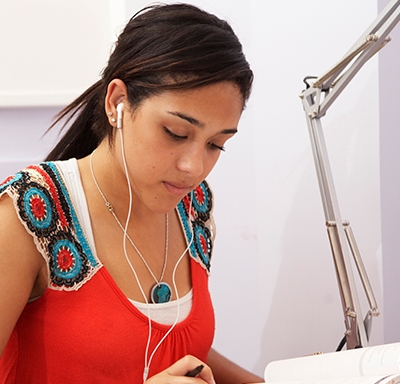Administrators
Aetna Student Health helps you provide simple solutions
Helping your students deal with health and insurance issues is one of your challenges. But it’s far from the only one. You’re likely managing budget cuts and trying to do more for less. You may be struggling to understand the impact of health care reform. And you’re probably looking for reassurance that you’ve made the right decisions for the health of your students.
Look to us for answers. We've been helping institutions of higher education just like yours since 1980, when we introduced the first school-sponsored health insurance plan. Today, we're here to help you protect your students, minimize your risk, and control your health care costs. So your students can meet their academic goals. And you can meet yours.
Log in to your secure account
You'll notice right away that your customer experience is important to us. We tailor Aetna Student Health resources to your school's needs. This relationship requires collaboration to provide students with quality service. To coordinate with you and to assist you, we offer several resources.
On-campus Health Plan Administrators can access and facilitate administration information online. Our administrator portal offers secure access to tools like E-Stat and E-Referral. You will need a username and password to access online programs developed for your school.
STP file transfers
You can use this is a secure interface for college health plan administrators to upload and download data files to Aetna Student Health.
Learn about our student health plans
-
Knowledge and experience
-
Insurance plans and programs
-
Additional plans and programs
-
Additional digital tools
This material is for information only. Health insurance plans contain exclusions and limitations. Providers are independent contractors and are not agents of Aetna. Provider participation may change without notice. Aetna does not provide care or guarantee access to health services. Discount programs provide access to discounted prices and are NOT insured benefits. The member is responsible for the full cost of the discounted services. Information is believed to be accurate as of the production date; however, it is subject to change.

